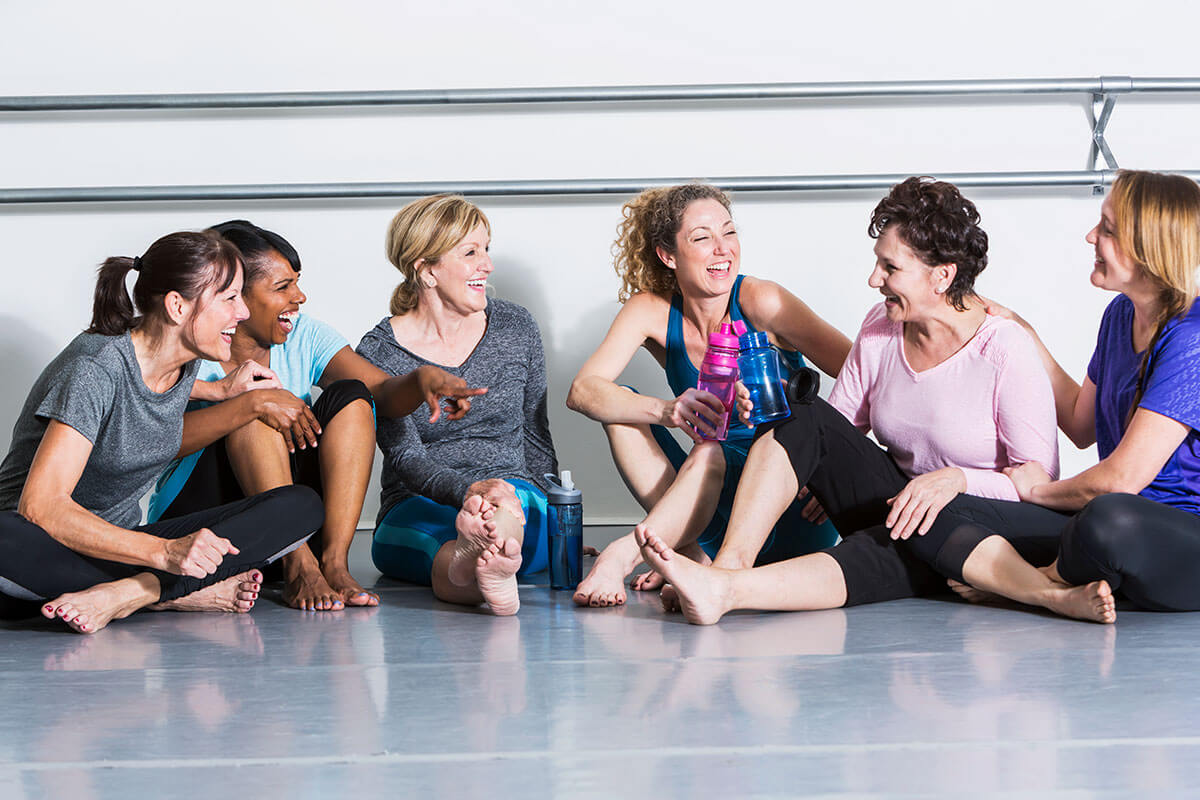
There was a time when many group fitness instructors taught classes all day long, every day, to make a living. Because their livelihood depended on it, customer service was typically top of mind. Now teaching group fitness is seen as more of a side gig, something to do part time.
While most instructors still do a decent job at meeting the needs and wants of group fitness "customers" (i.e., participants), we could probably do more to exceed expectations in classes, especially as group-fitness budgets shrink and virtual classes becomes viable competition.
There are the obvious customer service steps everyone’s heard before — "starting/ending class on time, helping people with equipment, smiling and greeting people by name. However, approaching your class with the right mindset can also make a positive difference. To that end, here are a few, possibly contentious, reminders for strengthening the value we provide to our customers in group fitness.
1. Who’s the boss? It's not you.
Instructors are the leaders of whatever class they teach, but that doesn’t mean we are the boss of everyone in that room (quite the opposite). Walking into the fitness studio with a "boss" mentality creates a dynamic where the instructor feels justified to expect a certain set of behaviors from participants. Anyone who teaches to groups knows that participants don't always do what you want them to do. For example, we’d love it if everyone listened to us intently, never arrived late, resisted chatting during class, did only the exercises we demonstrated, and so on. But they don’t, and that’s actually OK.
Customer service in group fitness involves flipping any type of boss mindset. Participants are the boss. They’re doing us a favor by being in our classes. So let the little quirks that drive you crazy roll off your back — "assuming no one behaves inappropriately, bothers others or is in violation of the facility’s rules/code of conduct. You are there to make participants’ experiences as delightful as possible, not the other way around.
2. It’s about their bad day, not yours.
Had a bad day? With a few exceptions, participants should be none the wiser. Some participants probably had a bad day too. They came to class to blow off steam and feel better. Your job is to help them with that.
In an effort toward customer service, avoid burdening your class with complaints, excuses and gripes, whether it’s about a stupid parking ticket, a questionable new club policy or that you’re feeling unmotivated (yikes, never tell them that!). Teaching fitness involves sometimes being a performer who can deliver the service and value that participants anticipate, regardless of how you feel. The stronger your ability to get up there and communicate as a coach, motivator, mentor and leader, the more likely participants will leave your class in a great mood.
3. You’re only as good as your last class.
As a rule, the most popular instructors are usually really good at what they do. It’s tempting then for some instructors with consistently packed and sold-out classes to feel as if they are the star of the show. However, self-appointed superstars risk losing sight of what customers ultimately need (even if those same customers are wildly devoted to the instructor).
For example, in an attempt to always put on a word-of-mouth-worthy "show," superstars might miss the opportunity to provide seemingly boring exercise modifications for those who could really use them. Or, some superstars like to make an entrance, breezing into the studio at the exact moment the class is supposed to begin. Obviously, making yourself scarce doesn't serve participants who have questions or require advice pertaining to the workout. Customer service basics: It's about them, not you. To be successful, instructors require participants’ express approval and attendance, not just during and after one class, but every single week. Without satisfied customers, there are no classes.
Amanda Vogel, MA, human kinetics, is a self-employed fitness instructor, presenter and writer in Vancouver, B.C. In addition to being a social media consultant, Amanda tests fitness gadgets, gear and clothes and writes about them on her blog www.FitnessTestDrive.com. Find Amanda at @amandavogel on Twitter, @amandavogelfitness on Instagram and @FitnessWriter on Facebook.

